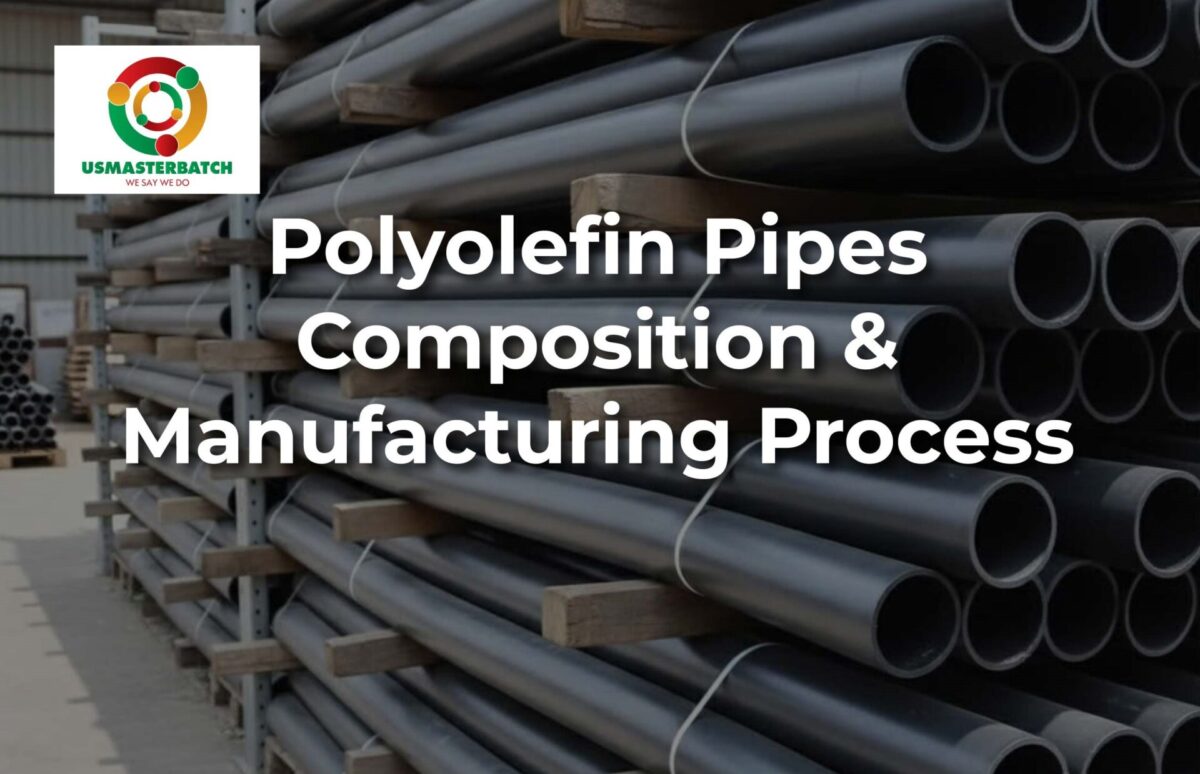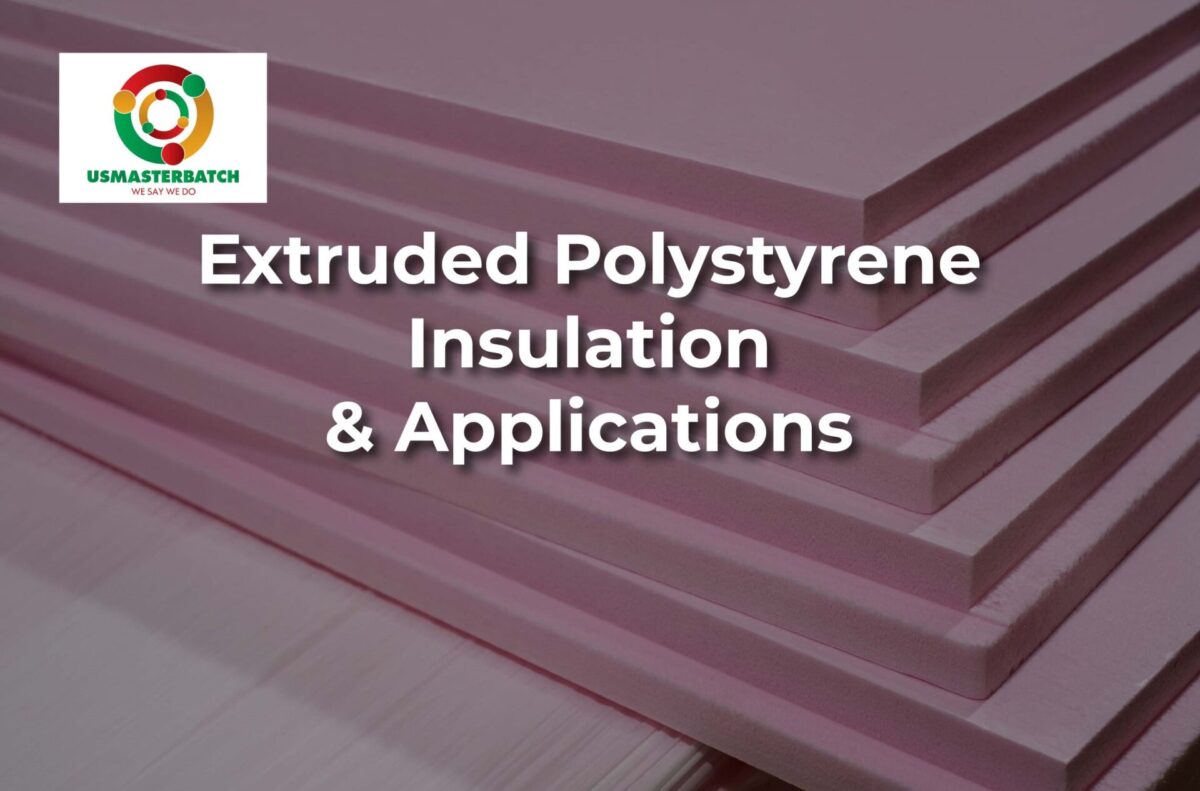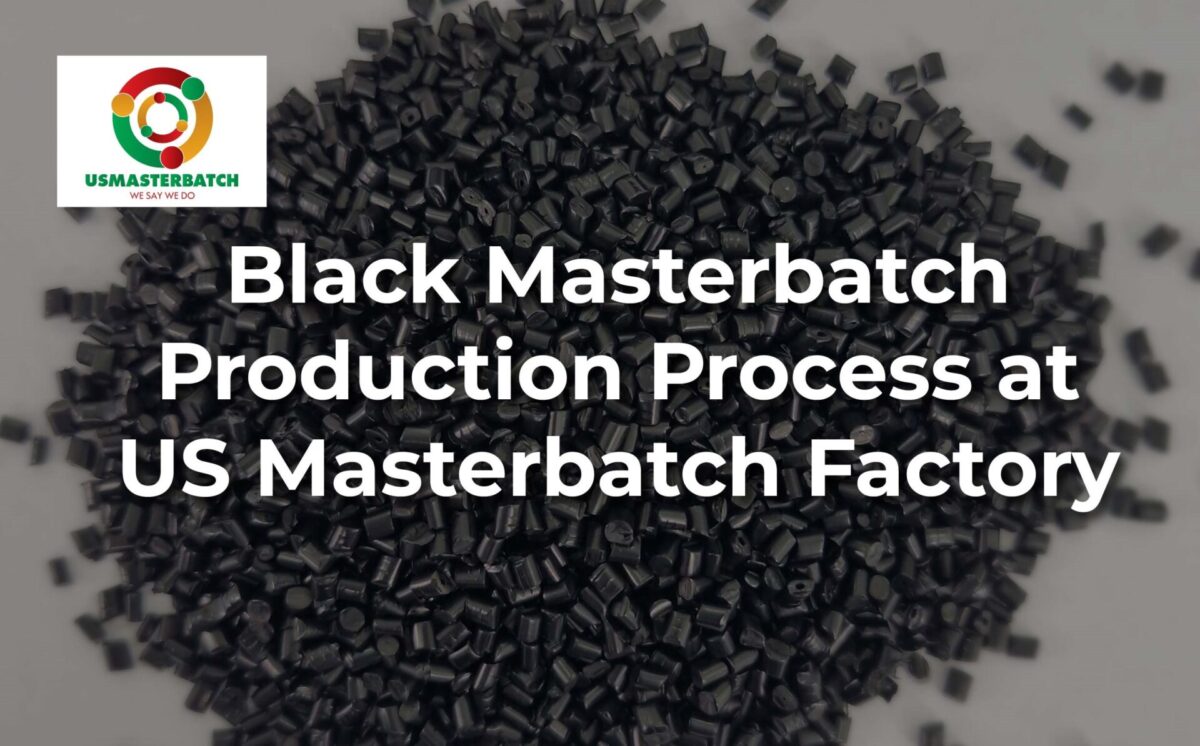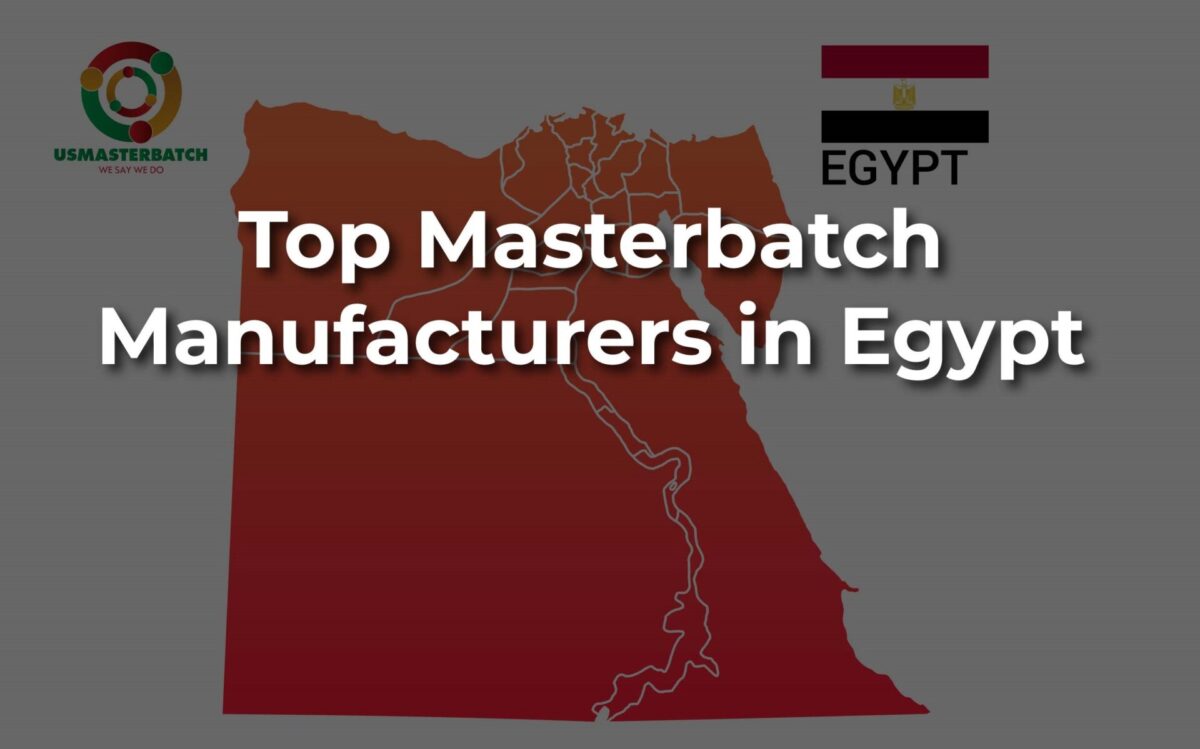
CPVC Compound: Properties, Applications, and Benefits
Chlorinated Polyvinyl Chloride (CPVC) compound is a thermoplastic material known for its exceptional chemical resistance, heat resistance, and flame-retardant properties. Developed as an improvement over traditional PVC compound, CPVC compound has found widespread applications across various industries due to its unique combination of attributes.

Chemical Structure of CPVC Compound
The chemical structure of CPVC (Chlorinated Polyvinyl Chloride) is characterized by the introduction of chlorine atoms into the polyvinyl chloride (PVC) polymer chain. The chlorination process involves the replacement of hydrogen atoms in the PVC structure with chlorine atoms. This modification results in a polymer with enhanced properties, particularly in terms of heat and chemical resistance.
The general chemical formula for CPVC Compound can be represented as follows:
−CH2−CHCl−n[CH2−CH(Cl)−]−
Here, represents the degree of chlorination, indicating the number of chlorine atoms introduced into the polymer chain. The chlorination occurs at the methylene (-CH2-) groups in the PVC, leading to a more complex and chlorine-rich molecular structure.

Chemical Structure of CPVC Compound
Key Properties of CPVC Compound
Chemical Resistance: CPVC compound exhibits excellent resistance to a wide range of corrosive chemicals, including acids, alkalis, salts, and various organic compounds. This makes it suitable for use in chemical processing, water treatment, and other corrosive environments.
Heat Resistance: CPVC compound can withstand higher temperatures compared to standard PVC, making it suitable for hot water distribution systems, industrial piping, and applications where elevated temperatures are a concern.
Flame Retardancy: CPVC compound is inherently flame retardant, with a high Limiting Oxygen Index (LOI), which reduces the risk of fire propagation. This property makes it ideal for use in fire sprinkler systems and other fire safety applications.
Common Applications of CPVC Compound
Plumbing Systems: CPVC compound is widely used in residential, commercial, and industrial plumbing systems for both hot and cold water distribution. Thanks to its excellent chemical and heat resistance, it provides a reliable solution for transporting potable water and various fluids.

Chemical Processing:
In chemical processing industries, CPVC compound handles a broad range of aggressive substances, including acids, alkalis, and solvents. Manufacturers rely on CPVC pipelines to safely transport corrosive chemicals under demanding conditions.
Industrial Piping:
Industrial facilities use CPVC compound to convey corrosive chemicals and manage process flows. Its resistance to high temperatures and harsh substances makes it ideal for wastewater treatment, pharmaceutical manufacturing, and other industrial applications.
Fire Sprinkler Systems:
CPVC piping systems play a key role in fire protection thanks to their flame-retardant properties and thermal stability. Builders and safety engineers often choose CPVC as a cost-effective and reliable option for fire sprinkler installations.
Solar Heating Systems:
Solar water heating systems benefit from the heat resistance of CPVC compound. It maintains performance under high temperatures from solar collectors, ensuring long-term durability and efficiency.
Electrical Conduit: CPVC is used for electrical conduit systems, providing protection for wiring and cables in both residential and commercial buildings. Its chemical resistance and durability make it suitable for outdoor as well as indoor applications.
Benefits of CPVC Compound
-
High Temperature Resistance of CPVC Compound
One of the primary advantages of CPVC compound formulation is their exceptional heat resistance. Unlike traditional PVC compound, which has a maximum working temperature of around 140°F (60°C), CPVC compound can withstand temperatures up to 200°F (93°C) or higher, making it suitable for hot water plumbing and industrial applications where elevated temperatures are prevalent.
-
Chemical Resistance:
CPVC compounds exhibit excellent resistance to a wide range of chemicals, acids, and bases. This attribute makes them ideal for use in corrosive environments, such as chemical processing plants, where exposure to various chemicals is common.
-
Fire Retardant Properties:
CPVC compounds are inherently flame retardant, meaning they have a high resistance to combustion and produce minimal smoke and toxic gases when exposed to fire. This makes them suitable for fire sprinkler systems, electrical conduits, and other applications where fire safety is a critical concern.
-
Mechanical Strength:
CPVC compounds possess good mechanical strength and dimensional stability. They can endure high pressures and offer excellent impact resistance, making them a reliable choice for industrial piping, fittings, and other structural components.
-
Low Thermal Conductivity:
CPVC compound’s low thermal conductivity makes it an effective insulating material. It helps maintain consistent temperatures in hot water plumbing systems, reducing energy losses and promoting energy efficiency.
-
Cost-Effective of CPVC Compound
CPVC compound offers a cost-effective alternative to traditional materials like metal pipes and fittings, with lower installation and maintenance costs.
CPVC compound offers a cost-effective alternative to traditional materials such as metal, thanks to its lower installation and maintenance costs. In the broader plastics industry, manufacturers also use cost-saving solutions like Vietnam PP CaCO₃ Filler Masterbatch to optimize material performance while reducing production expenses.
📌 Related reading: Vietnam PP CaCO₃ Filler Masterbatch: Trusted Wholesale Supplier
-
Durability
CPVC compound for pipes have a long service life and are resistant to corrosion, scaling, and biological growth, ensuring reliable performance over time.
-
Ease of Installation
Pipes and fittings made from CPVC material are lightweight and easy to install, helping reduce labor costs and installation time.”
-
Safety
It is non-toxic and does not leach harmful substances into water or other fluids, ensuring safety for both human health and the environment.
Tips for Handling CPVC Compounds
Storage and Transportation:
Dry Storage: Store CPVC compounds in a dry area to prevent moisture absorption, which can affect the material’s properties.
Avoid Sunlight Exposure: Keep CPVC compound away from direct sunlight during storage, as ultraviolet (UV) radiation may have adverse effects on the material.
Installation Practices:
Cutting Tools: Use sharp, clean cutting tools to prevent burrs and ensure precise cuts on CPVC pipes and fittings.
Solvent Cement Compatibility: Ensure the solvent cement used for joining CPVC parts is specifically formulated for this material and meets the manufacturer’s recommendations.
Avoid Over-Tightening: When installing CPVC fittings, do not overtighten connections to prevent stress or cracking.
Maintenance Practices:
Regular Inspections: Periodically inspect CPVC installations for signs of wear, leaks, or damage.
Proactive Repairs: Address any identified issues promptly to prevent further damage and maintain system efficiency.
Training and Certification:
Qualified Installers: Ensure that individuals handling CPVC installations are trained and certified to work with the material.
Stay Informed: Stay updated on industry best practices and any new guidelines related to CPVC handling and installation.
By following these tips and best practices, users can optimize the handling, installation, and maintenance of CPVC compounds, ensuring the longevity and reliability of the plumbing or piping system.
Conclusion
CPVC compound is a versatile material with a wide range of applications across various industries. Its unique combination of properties, including chemical resistance, heat resist
📩 Contact Information
For more information about US MASTERBATCH or to request a custom quotation, please feel free to get in touch:
📞 Phone: (+84) 912 293 698












